5 Surprising (and Plant-Based) Ways to Get Your Protein Fix
"Protein comes from so many sources— and not just animal-based," explains dietitian Amy Shapiro MS, RD, CDN. But what, exactly, qualifies a food as a good source of protein? "Generally speaking, four to six grams of protein makes for a good source since we require about 0.8 grams of protein per kilogram of bodyweight to meet our needs," Shapiro clarifies.
If you're trying to figure out how that stacks up to the meaty proteins, an ounce of meat has about six to eight grams. So whether you follow a vegan diet, a veggan diet, or no diet whatsoever, you can get enough protein all while keeping your meals varied and nutritious.
Ready to switch things up? Keep scrolling for five foods that are packed with protein—you may be surprised by what you find on the list.
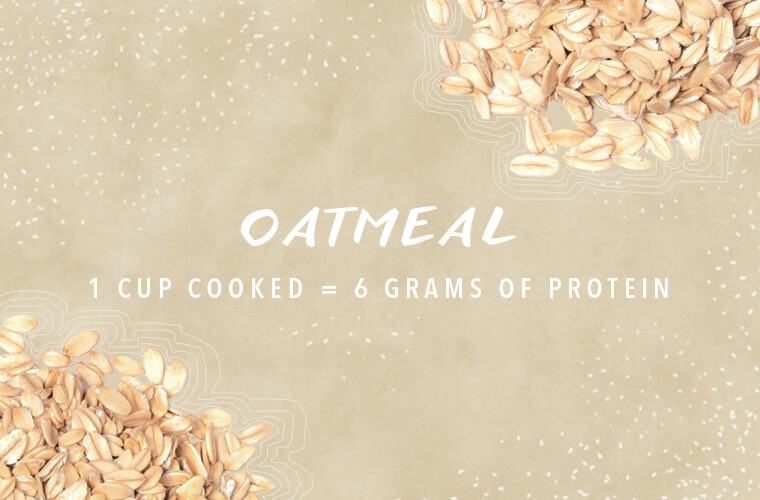
1. Oatmeal
Even if you're faithful to your morning bowl of oats, you may only be thinking of it as a filling source of healthy grains. The nutrient benefits don't stop there, though. "Because oatmeal is a whole grain, it does have protein in it," Shapiro says. One cup of cooked oats carries six grams of protein, making it equivalent to about one ounce of meat.

{{post.sponsorText}}
But the breakfast staple also lends itself to a world of additional protein possibilities, toppings-style. "It's a great vehicle for hemp, chia, or pumpkin seeds," notes Shapiro. (More on them in a sec.) And while it's not a complete protein—meaning it doesn't contain all nine of the essential amino acids—Shapiro still considers oatmeal a great plant-based protein source, especially for vegans and vegetarians.
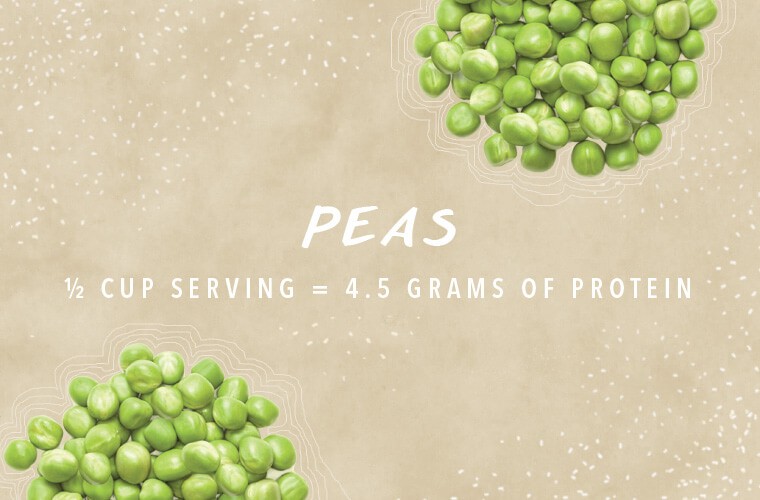
2. Peas
They may be small, but the little green vegetable should not be overlooked. "Peas are a surprising protein source for a lot of people," notes Shapiro. (That shouldn't come as a shock to anyone watching the meteoric rise of pea protein.)
You don't need a store-bought powder to get the benefits, though; the pods are practically overflowing with protein. "You'll get four and a half grams [of protein] in half a cup," Shapiro explains, "which is a lot for a relatively small amount of peas." Her tip for protein in a pinch? Keep a bag in your freezer. They're great for tossing in stir-fries or adding into quinoa dishes for an amino acid boost.
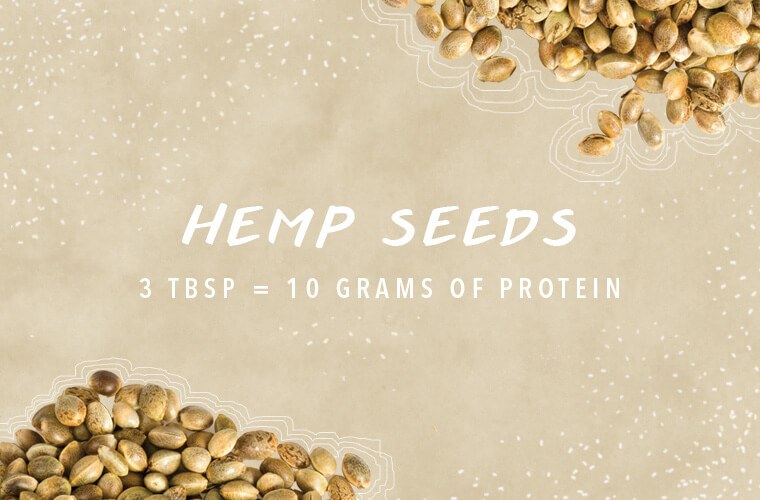
3. Hemp Seeds
Sure, the seed is a standout source of omega-3 and 6 fatty acids—but that's not all the small-but-mighty ingredient brings to the table (literally): A three tablespoon serving equals 10 grams of protein, which leads to a pretty substantial addition even if you're not adding the full amount.
"You can sprinkle them on just about anything," Shapiro adds, suggesting hemp seeds as a salad topper, smoothie addition, or extra crunch on top of Greek yogurt or oatmeal. And if you're looking to experiment, hemp milk is richer in protein than the almond variety. Plus, anytime you add a dash of hemp seeds to a meal, you'll also be filling up on iron and magnesium.
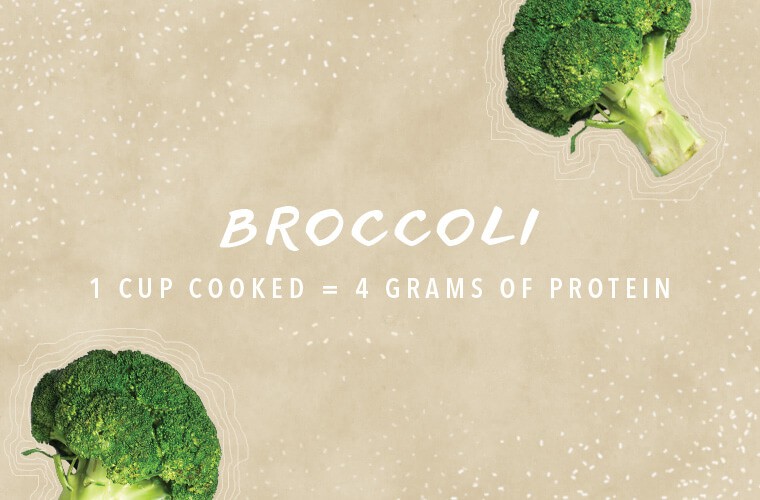
4. Broccoli
Broccoli is sort of like a triathlete: The fibrous, cruciferous veggie helps to prevent against cancer and disease, is loaded with calcium, iron, and antioxidants, and has four grams of protein per cup.
Since broccoli isn't a complete protein, Shapiro recommends combining it with a protein-rich grain like quinoa, and mixing in some hemp seeds or peas for a more complete amino acid profile. Consider this yet another reason to eat your greens.
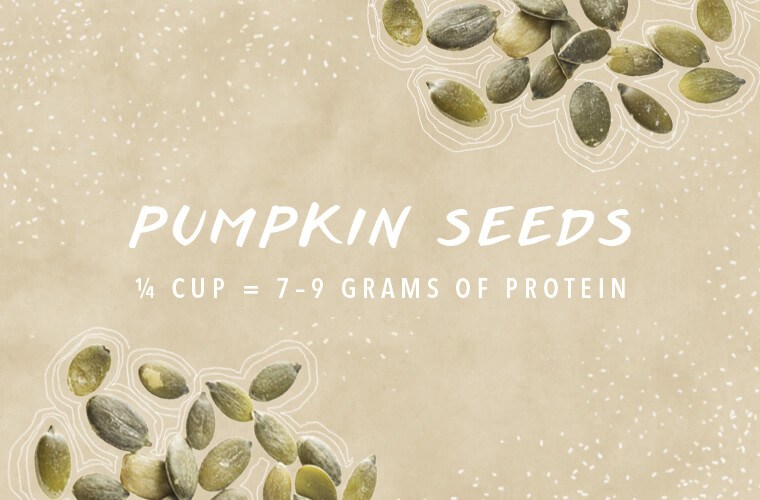
5. Pumpkin Seeds
Don't limit your pumpkin seed consumption to October. The often-underrated seed is extremely nutrient-dense and an easy on-the-go source of protein. "Not only are they high in B vitamins, but they're also high in fiber and have more protein per ounce than an egg," reveals Shapiro, who is a big fan of the seed.
And if you're allergic to nuts, this plant-based protein source should be in the clear. Looking for a quick protein boost or travel-friendly nibble? Roasted and seasoned pumpkin seeds make for a tasty, low-sugar healthy snack.
That's not the only way to up your protein intake: These are the best vegan protein bars (seriously, we checked them all out). And if you're feeling a bit overwhelmed by the macronutrient, this guide will give you the info you need.
Loading More Posts...